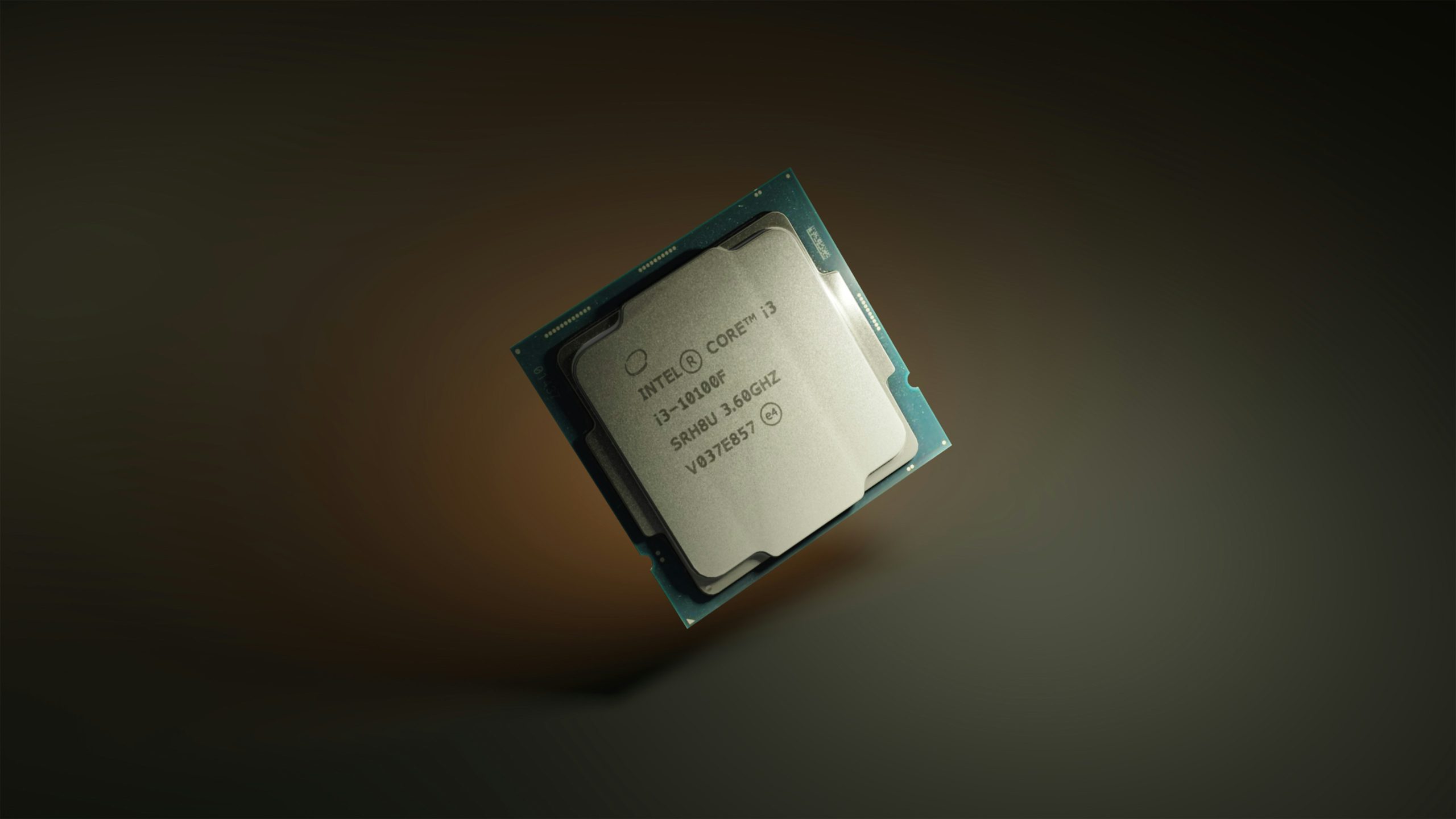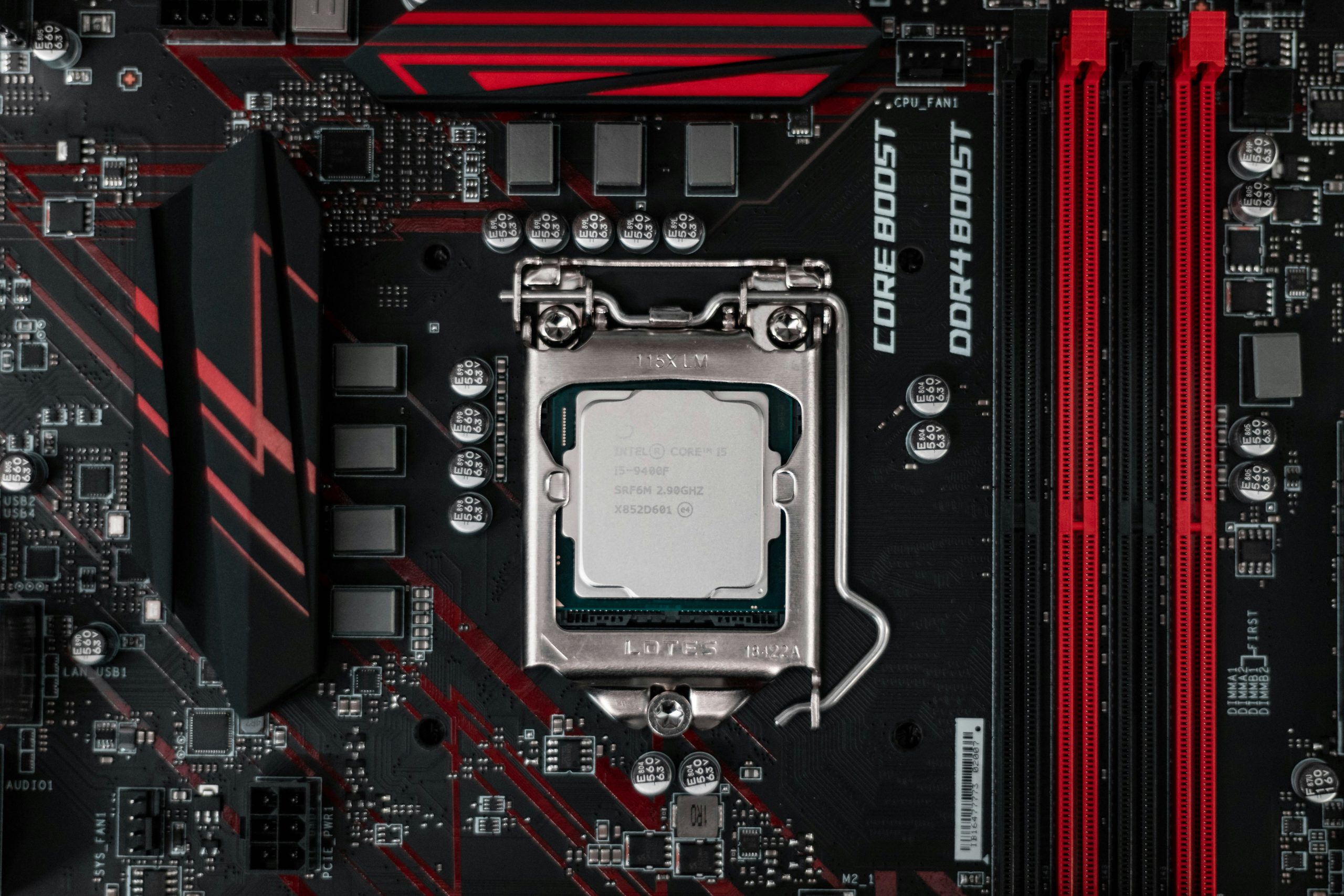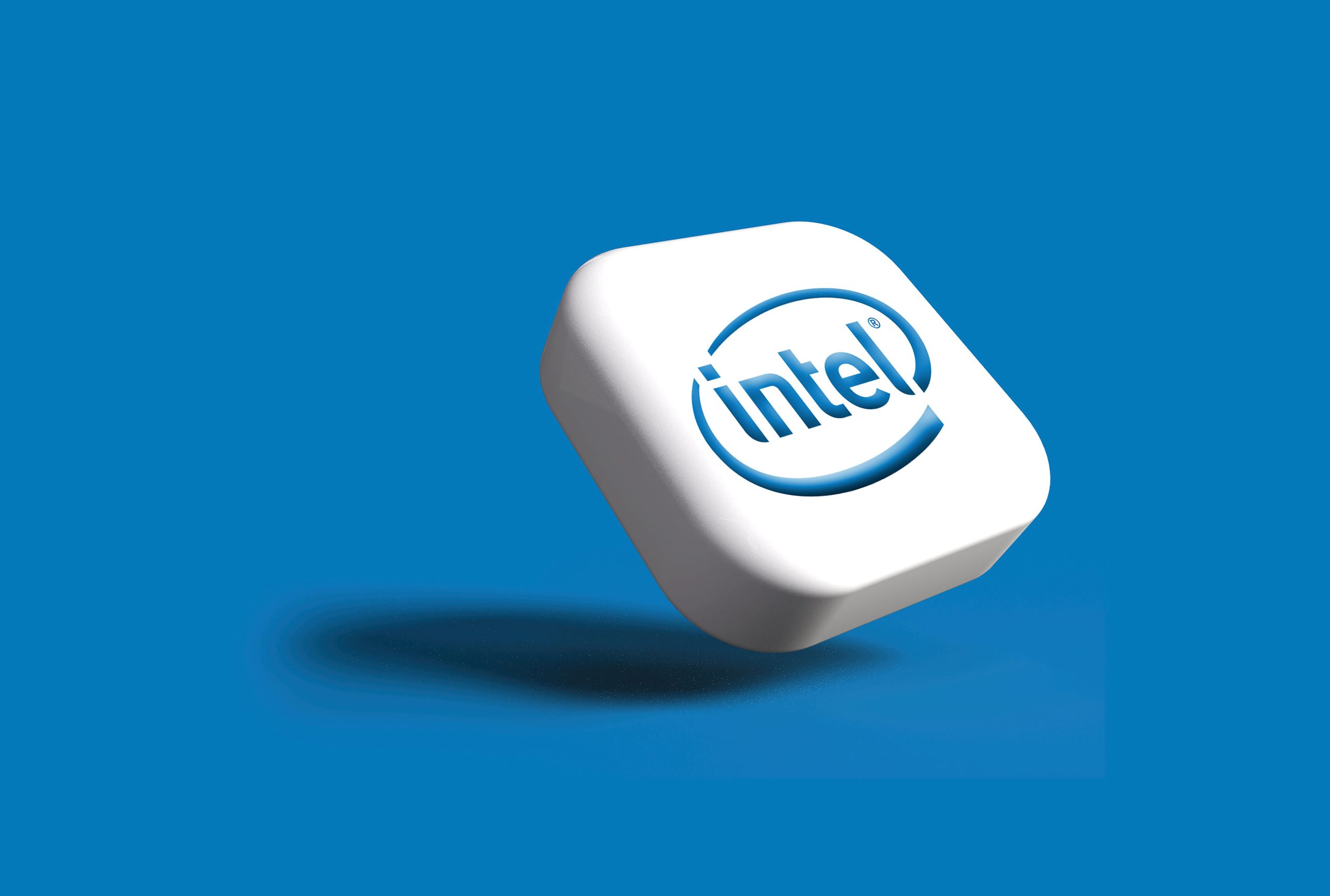With the ever-evolving landscape of technology, it’s easy to feel overwhelmed by the constant stream of new gadgets and updates. One area that often leaves consumers scratching their heads is the realm of computer processors. Enter the Intel Core i3, i5, and i7 processors – three powerhouses at the forefront of computing performance. But what sets them apart? What makes one better suited for your needs than another? In this article, we’ll dive into the world of Intel’s processor lineup to uncover the differences between these popular choices and help you make an informed decision when choosing your next device. Let’s unravel the mystery behind these chips and unleash their potential in powering your digital world.
Understanding Intel processor naming convention
When diving into the world of Intel processors, navigating through their naming convention can feel like deciphering a complex code. Each processor model is identified by a series of numbers and letters that hold valuable information about its performance capabilities. For example, in the name Intel Core i7-10700, the number 10 signifies the generation, giving you an idea of how advanced the processor is compared to previous versions.
The letter that follows – in this case, i7 – indicates the product line or tier of performance. The i3 signifies entry-level processors suitable for basic tasks, while i5 falls in the mid-range category catering to average users and gamers. On the other hand, i7 processors are designed for power users who require high-speed performance for demanding applications such as video editing or gaming.
Understanding Intel’s naming convention allows consumers to make informed decisions when selecting a processor that aligns with their needs and budget. By decoding these names, individuals can pinpoint which model offers the best balance between price and performance based on their usage requirements and expectations from their computing experience.

Core i3: Entry-level performance and features
When it comes to Intel Core i3 processors, they offer a solid balance between affordability and performance that is perfect for entry-level users. While they may not have as many cores or threads compared to the i5 or i7, the Core i3 processors are more than capable of handling everyday tasks smoothly. With features like Turbo Boost technology and hyper-threading, these processors can still provide a decent level of multitasking capability.
Additionally, the Core i3 processors are energy-efficient, making them ideal for users who prioritize power consumption. They also come equipped with integrated graphics, which can support casual gaming and multimedia tasks without the need for a dedicated graphics card. Overall, for those looking for a budget-friendly option that delivers reliable performance for everyday use, the Intel Core i3 processors are certainly worth considering in the computing landscape.

Core i5: Balanced performance and value
When it comes to striking a balance between performance and value, the Intel Core i5 processor shines as a versatile option for most users. Offering solid mid-range performance, the Core i5 series is well-suited for everyday tasks, multitasking, and even some light gaming. With up to four cores and strong single-core performance, these processors provide enough power to handle demanding applications without breaking the bank.
One of the key highlights of the Core i5 lineup is its efficiency in handling both productivity tasks and entertainment needs. The combination of decent clock speeds and multi-threading capabilities ensures smooth operation across various activities. Whether you’re editing documents, streaming videos, or engaging in casual gaming sessions, the Core i5 strikes a chord with its ability to deliver reliable performance at an attractive price point. In essence, if you seek that sweet spot between power and affordability in a processor, the Intel Core i5 won’t disappoint in providing a balanced computing experience.

Core i7: High-end performance and capabilities
The Intel Core i7 processor stands at the pinnacle of high-end performance in the realm of CPUs, offering unparalleled capabilities that cater to intense computing needs. With its advanced architecture and robust multitasking abilities, the Core i7 is a powerhouse designed for demanding tasks such as video editing, graphic design, and gaming at the highest settings. Its multi-core design allows for seamless multitasking without compromising on speed or efficiency.
Moreover, the Core i7 boasts hyper-threading technology, enabling each core to handle two threads simultaneously, resulting in enhanced productivity and smoother processing of data-intensive applications. This feature is particularly beneficial for professionals working with complex software or individuals seeking top-tier performance in their everyday computing experiences. In essence, the Core i7 stands as a symbol of cutting-edge technology that pushes boundaries and redefines what’s possible in terms of computational power and efficiency.
Comparison: Differences in speed, cores, hyper-threading
Choosing the right processor for your needs is crucial in determining the performance and efficiency of your device. The Intel Core i3, i5, and i7 processors offer different levels of power and capabilities to cater to various user requirements. When selecting a processor, consider factors such as your usage patterns, budget constraints, and desired level of performance.
The Intel Core i3 processors are great for everyday tasks like web browsing and word processing. They offer solid performance for basic computing needs without breaking the bank. On the other hand, the Intel Core i5 processors provide a balance between performance and price, making them suitable for users who require more power for tasks like gaming or photo editing. Lastly, the Intel Core i7 processors are designed for heavy-duty tasks such as video editing or 3D rendering, offering top-tier performance but at a higher cost.
Choosing the right processor for your needs
In summary, the key differences between Intel Core i3, i5, and i7 processors lie in their performance capabilities and target audience. The i3 series is suitable for basic tasks and casual users, offering a good balance of price and performance. On the other hand, the i5 processors are more powerful and ideal for moderate gaming, multitasking, and content creation.
Moving up to the i7 range signifies an even higher level of performance tailored for demanding tasks like heavy gaming or professional use such as video editing or 3D rendering. Each processor caters to a different segment of users based on their computing needs and budget constraints. Understanding these nuances can help individuals make an informed decision when choosing a processor that aligns with their specific requirements.
Conclusion: Summary of key points discussed
In conclusion, understanding the differences between Intel Core i3, i5, and i7 processors is essential for making informed decisions when purchasing a new computer or upgrading an existing one. The i3 processors are suitable for basic tasks and everyday use, providing a balance between performance and cost. On the other hand, the i5 processors offer a good compromise between power and affordability, making them ideal for users who need more processing capabilities without breaking the bank.
Moving up the line, the i7 processors are designed for high-end performance and demanding tasks such as gaming, video editing, and graphic design. With their superior processing power and multi-threading capabilities, they excel in handling resource-heavy applications efficiently. Ultimately, choosing the right processor depends on your specific needs and budget constraints. By understanding the distinctions between these processor types, you can make a well-informed decision that aligns with your computing requirements while ensuring optimal performance.




